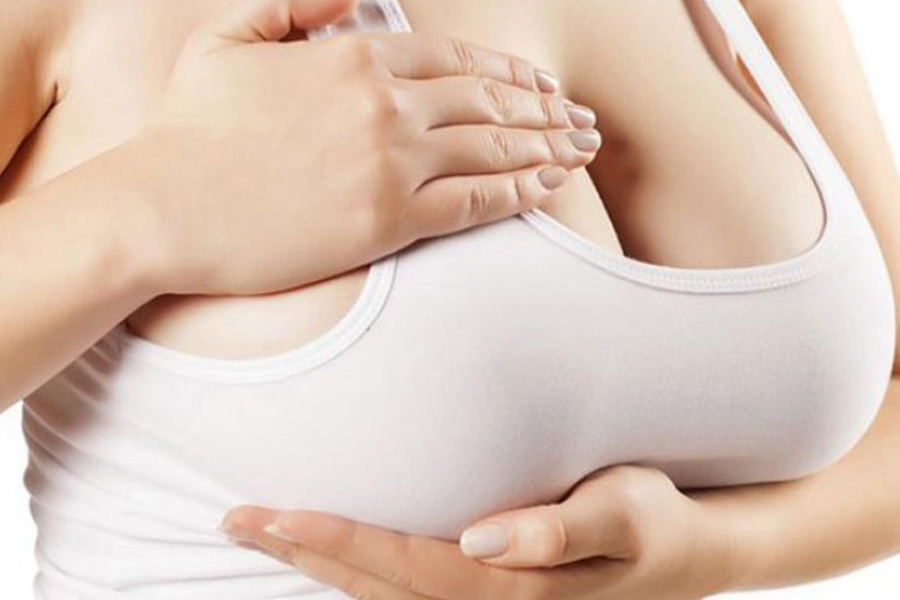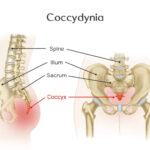Breast Reduction – Breast Implants
A reduction removes extra breast tissue, reshapes the breasts, and lifts them to a more upright and youthful position; additionally, uneven breasts can be made evener.
Although an improved appearance is often a benefit of the operation, breast reduction is reconstructive, and the goal of this procedure is to alleviate symptoms.
Breast Anatomy
Your breasts consist primarily of sebaceous and glands that determine their size and shape. Adipose tissue and ligaments surround the milk-producing gland tissue (lobules) and milk ducts. The breasts also contain blood vessels and lymph vessels that help the body fight infection. It lies under the breasts, separating the pectoralis muscles from the chest wall. The breast does not contain muscle tissue, except for tiny muscle fibers at the nipple. The circular, dark-colored area around the nipple is called the areola or nipple.
Surgical Technique Variations
Reduction techniques vary depending on breast size and shape, the amount of tissue to be removed, scar size or other factors such as future breastfeeding needs. Common procedures include an anchor incision, a vertical incision, a free nipple graft, and liposuction.
The anchor, or inverted T technique, runs around the upper part of the areola, downward and along the lower part of the breast. The vertical incision technique extends the midline of the chest through a downward V-shaped incision to the upper part of the areola.
Free breast graft removes the nipple and areola and places the tissue on the upper part of the breast after removing it. Degreasing can also be used alone or in combination with another technique to remove excess fat from breasts in some candidates. This example will explain the joint attachment technique in which the nipple and areola remain attached and are brought into a new position after the underlying breast tissue is removed. Your surgeon may use other techniques depending on your specific situation.
Surgery Preparation
During the initial consultation, your surgeon will measure the size and shape of your breasts and evaluate surgical options, determine your desired breast placement and prepare the procedure. The breast reduction procedure typically takes two to three hours. Before the procedure, your surgeon will draw incision guides on your breasts. You will be under anesthesia before the surgery.
Procedure
Incisions are made along the pre-marked lines and excess skin is removed. Next, portions of underlying fat and glandular tissue are removed. The nipples and areolae, which remain attached to their original blood and nerve supplies, are raised to their new positions.
Next, the skin beneath the areolae is brought together and closed with dissolvable internal sutures to reshape the new smaller breasts.
Some surgeons choose to place external sutures along the incision as well. Before closing the incision completely, a surgical drain may be placed in each breast to allow fluids to escape as you heal.
Surgical tape or bandages will be placed on the breasts, and typically you will be wrapped in an elastic bandage or placed in a compression garment or bra, which helps to maintain your breast shape while you heal.
Recovery and Results
Typically, breast reduction procedures are performed in an outpatient center and you should be able to go home the same day. Swelling and discoloration after the procedure are normal and will subside over time.
If surgical drains are present, they, along with any bandages will likely be removed after a day or two. External sutures are removed after one to two weeks, and you may be instructed to wear the compression garment, avoid sleeping on your stomach and avoid excessive exertion or heavy lifting for a month or more.
You may be prescribed medication to manage your pain for the first few days and as needed. Scarring along the lower centers and creases of the breasts is normal, but your scars will fade considerably over time.
Patients typically experience high satisfaction with reduced back, shoulder, and neck pain, an improved ability to participate in physical activities, and a new appearance with smaller, shapelier breasts.






